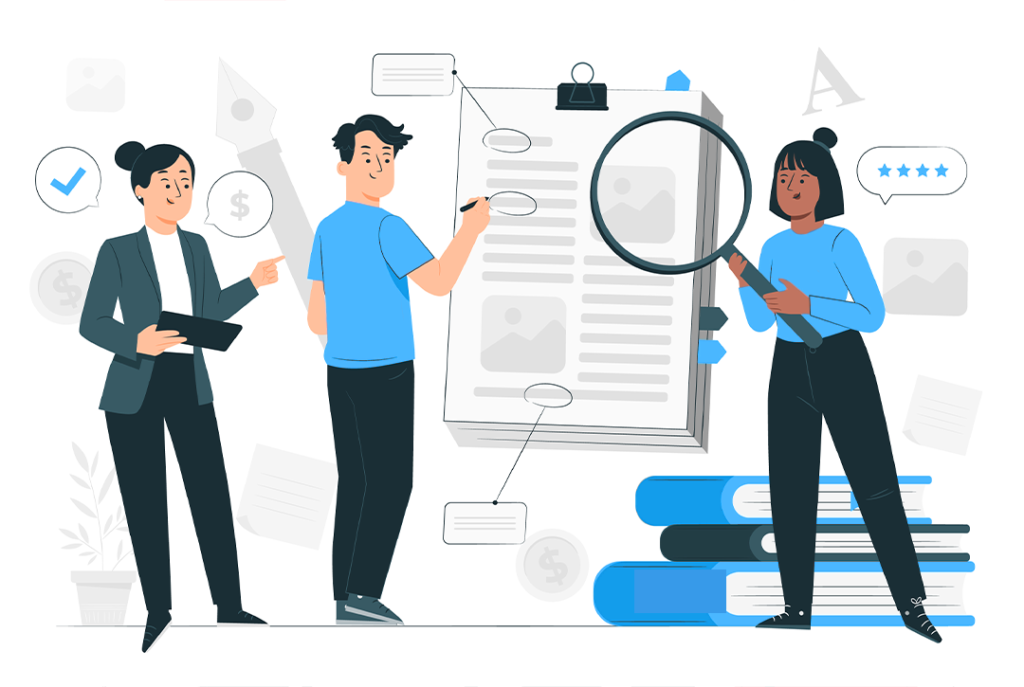HDFC Life Insurance

Introduction
This case study examines the features, user experience, and impact of the life insurance plans section on HDFC Life’s website. To evaluate the software testing process for their online platform. HDFC Life is a prominent life insurance company in India, offering a variety of insurance products to cater to different customer needs, focusing on innovation and customer satisfaction.

Website Overview
The life insurance plans section provides detailed information on various products, including term, savings, investment, retirement, and health plans. The goal is to help users make informed decisions about their insurance needs.
Technical Analysis
The website employs a modern tech stack, likely including HTML5, CSS3, JavaScript, and backend frameworks like Java or .NET. The site is optimized for performance and security, with SSL encryption to protect user data.
User Experience Analysis
The site offers a user-friendly, responsive interface accessible across all devices. It features clear navigation and well-organized product pages, providing concise information on each plan’s benefits, features, and eligibility criteria.
Content Analysis
Content is structured to assist users in understanding the products and their benefits. Infographics, FAQs, and comparison tools enhance the user experience and decision-making process. SEO strategies, such as keyword optimization and meta descriptions, improve search engine visibility.
Business Impact
The life insurance plans section aligns with HDFC Life’s goals by effectively communicating product value and attracting potential customers. Key performance indicators, such as engagement and conversion rates, show positive growth.
Context and Problem Statement
Identify the problem statement
What aspects of the website require testing? Is it functionality, usability, security, or performance?
Describe the context
HDFC Life’s website (specifically the life insurance plans section) that needs to be tested.
Challenges and Solutions:
Challenges included ensuring mobile responsiveness and maintaining up-to-date information. Solutions involved regular content updates and optimizing the mobile user experience.
Testing Objectives
Clearly state the objectives of your testing efforts. For example: Validate that the website functions correctly across different browsers and devices.
Verify that user inputs (such as premium calculations) yield accurate results. Ensure that the website is secure and protects sensitive customer data.
Test Scenarios and Test Cases
Create a list of test scenarios based on different user interactions with the website. For instance:
Scenario 1: User selects a specific life insurance plan and proceeds to the payment page.
Scenario 2: User enters incorrect personal details during the application process.
For each scenario, write detailed test cases. Include steps, expected results, and any preconditions.
Test Data Preparation
Describe how you prepare test data. Are you using real customer data (anonymized) or synthetic data?
Consider edge cases (e.g., age limits, premium amounts, etc.) to ensure comprehensive testing.
Test Execution and Reporting
Execute the test cases and document the results. Use a test management tool or a spreadsheet.
Report any defects found during testing. Include screenshots, logs, and steps to reproduce.
Challenges and Mitigations
Discuss any challenges faced during testing. For example: Handling complex workflows, Compatibility issues with specific browsers, and Performance bottlenecks, Propose solutions or workarounds for these challenges.
Conclusion and Recommendations
Summarize your findings. Did the website meet the expected quality standards?
Provide recommendations for improvement. This could include optimizing performance, enhancing usability, or fixing specific defects.
Conclusion
HDFC Life’s insurance plans section effectively supports its business objectives through strong design, content, and user experience. Planned enhancements will continue to drive growth and customer satisfaction.
